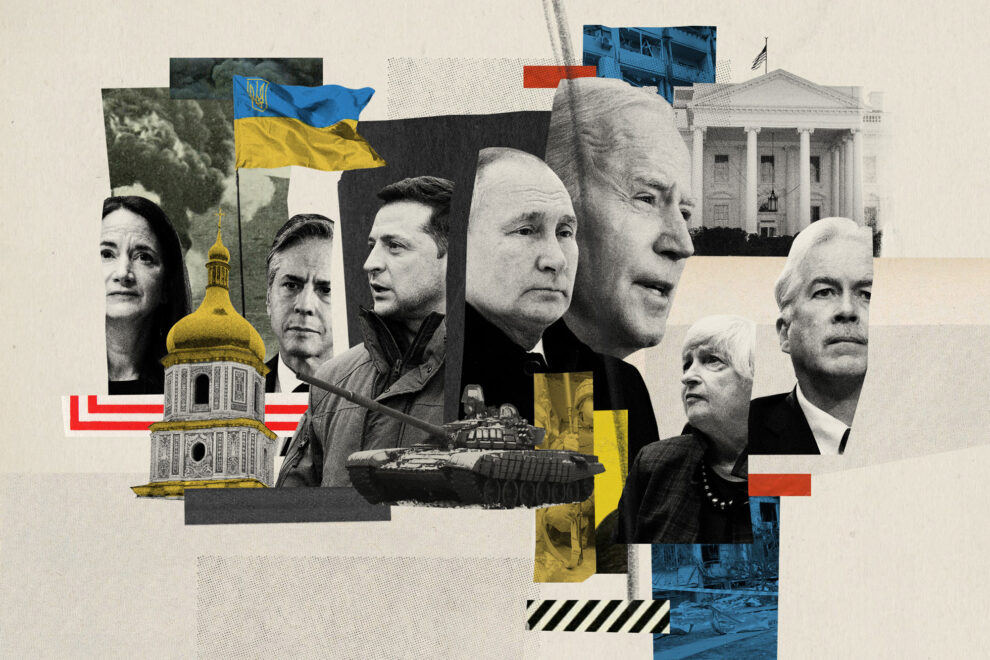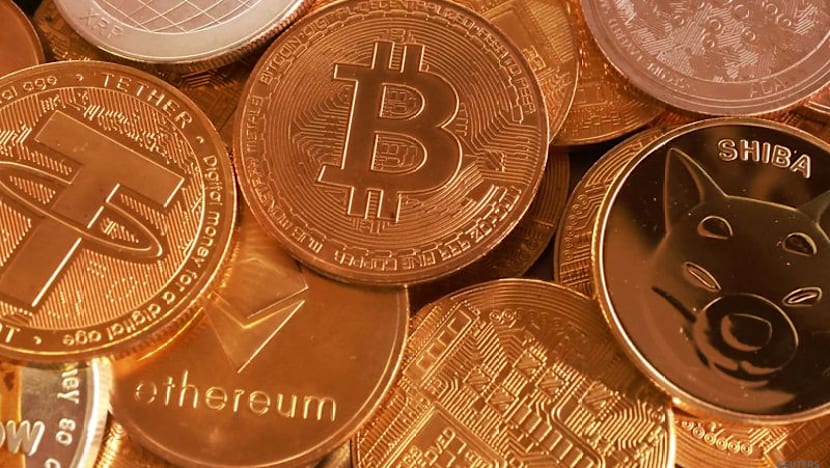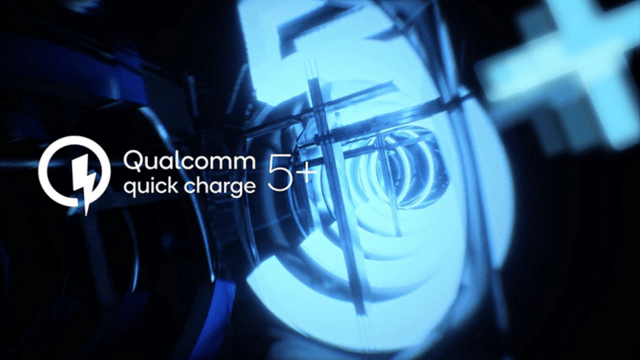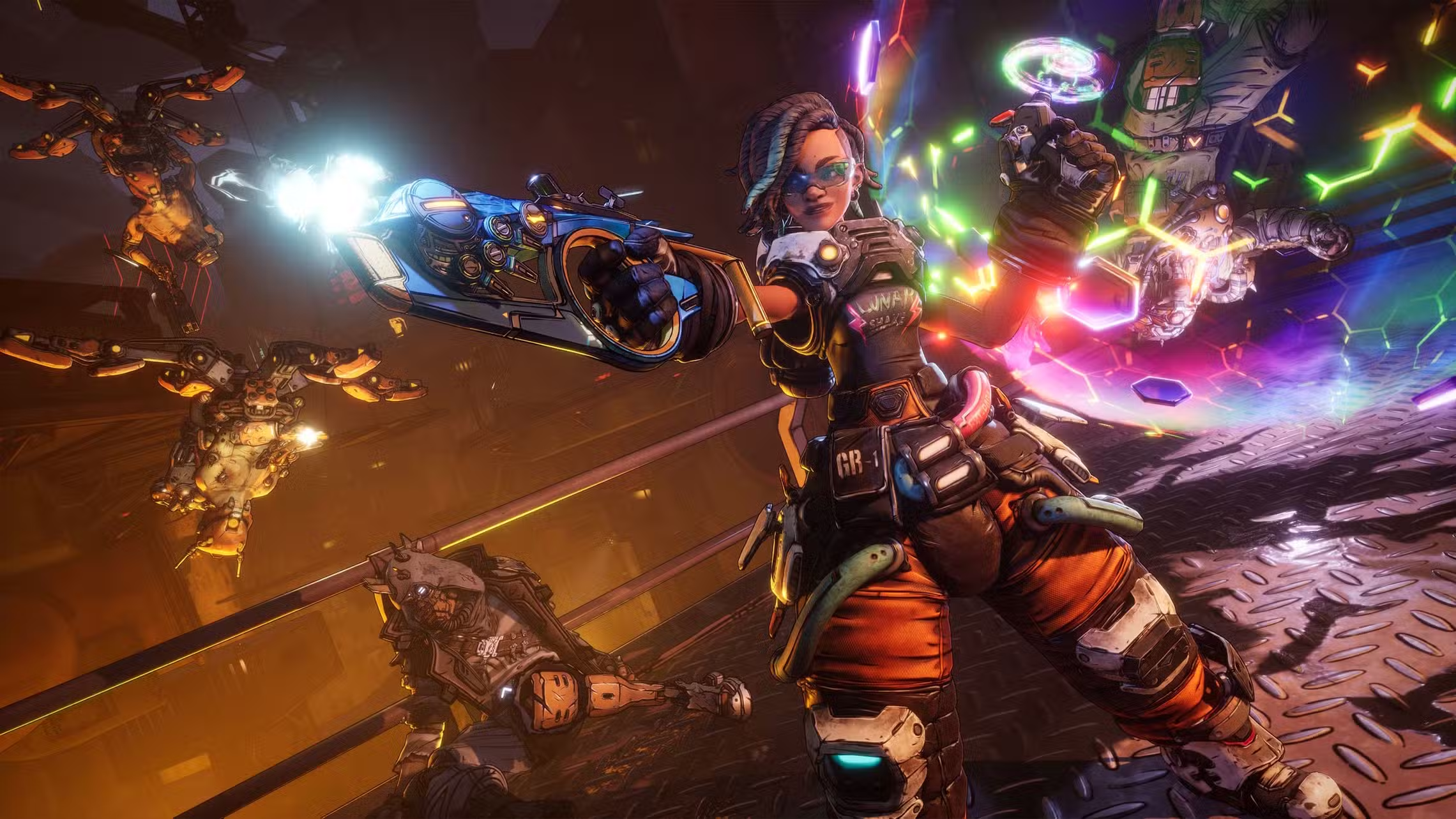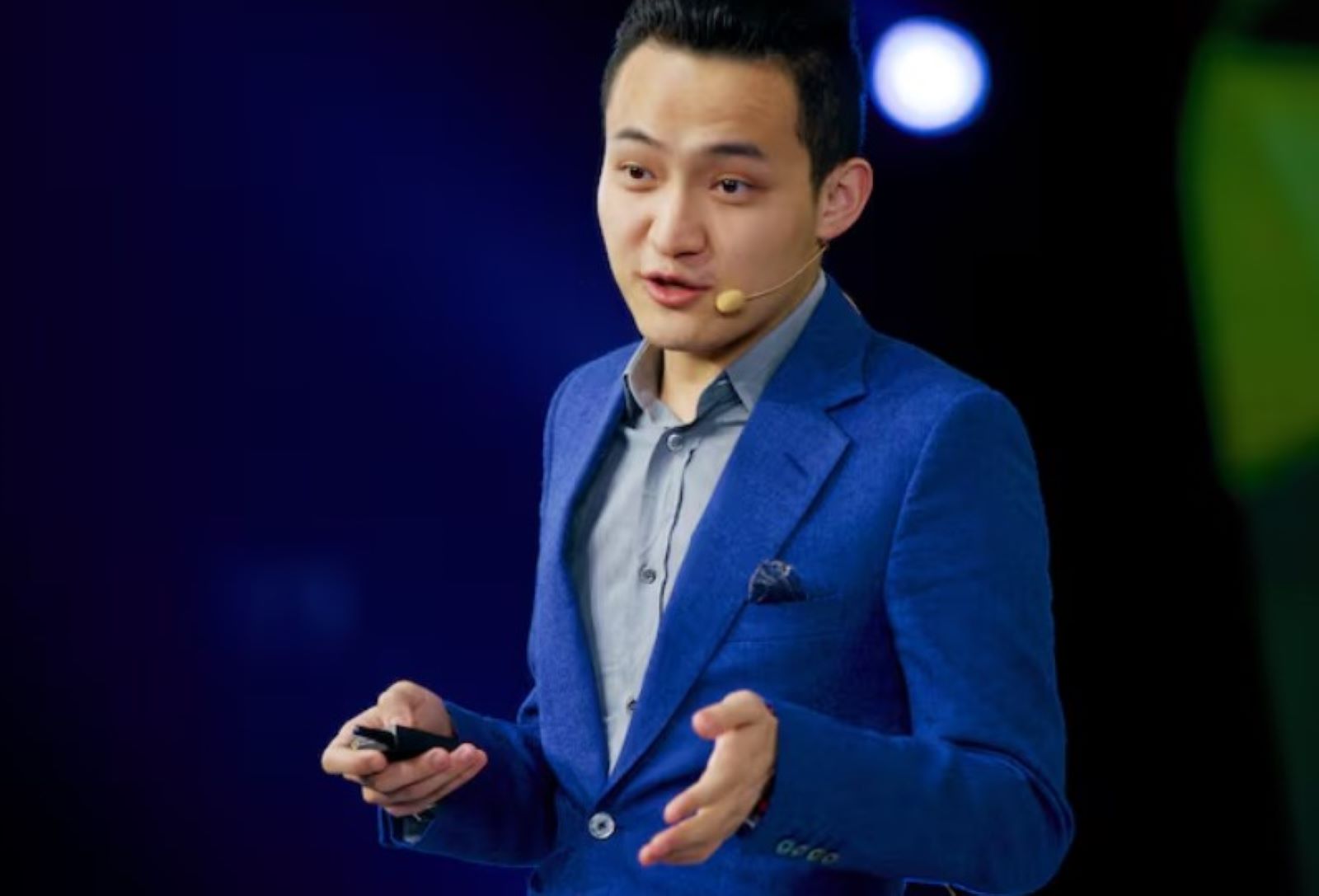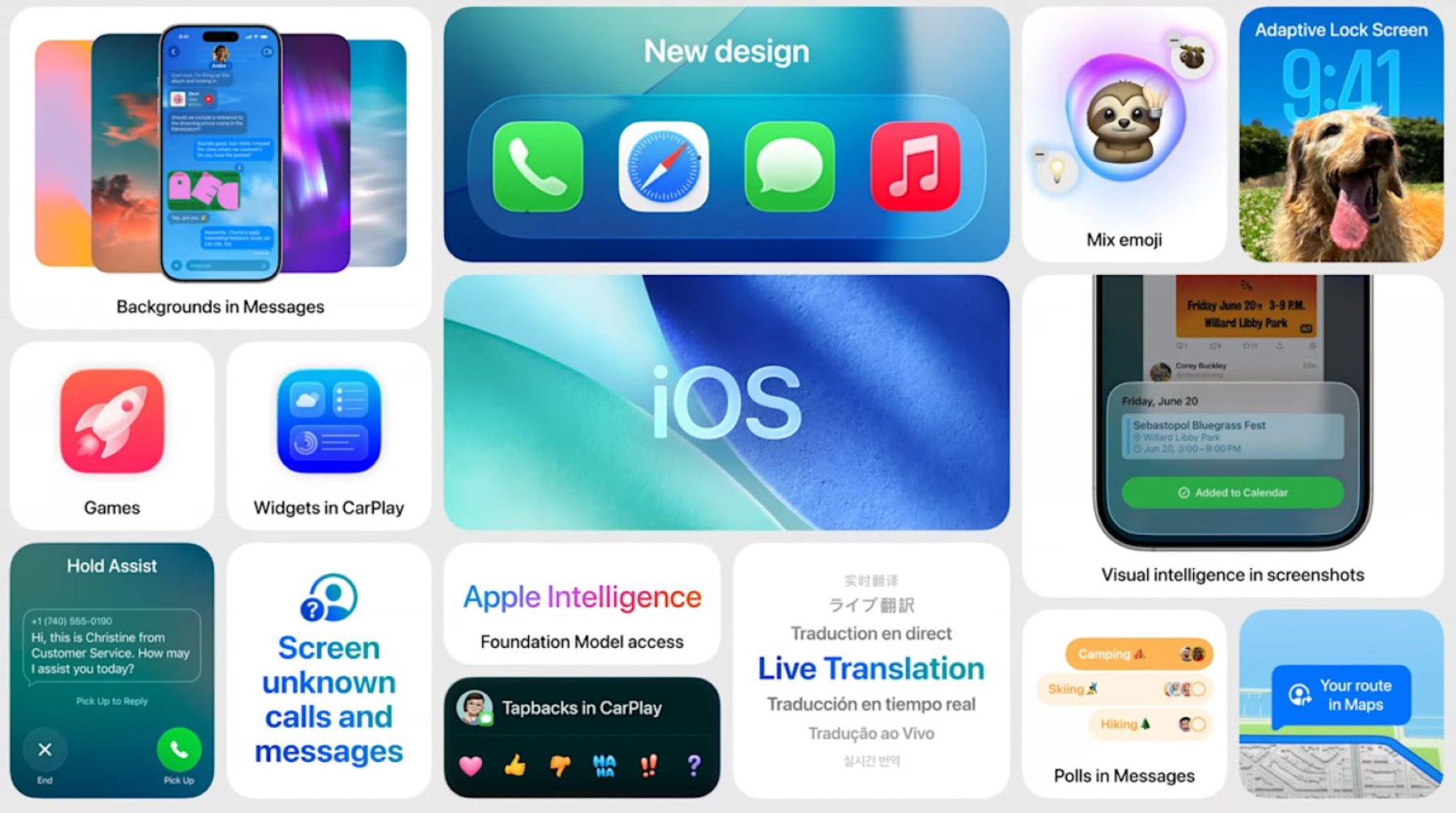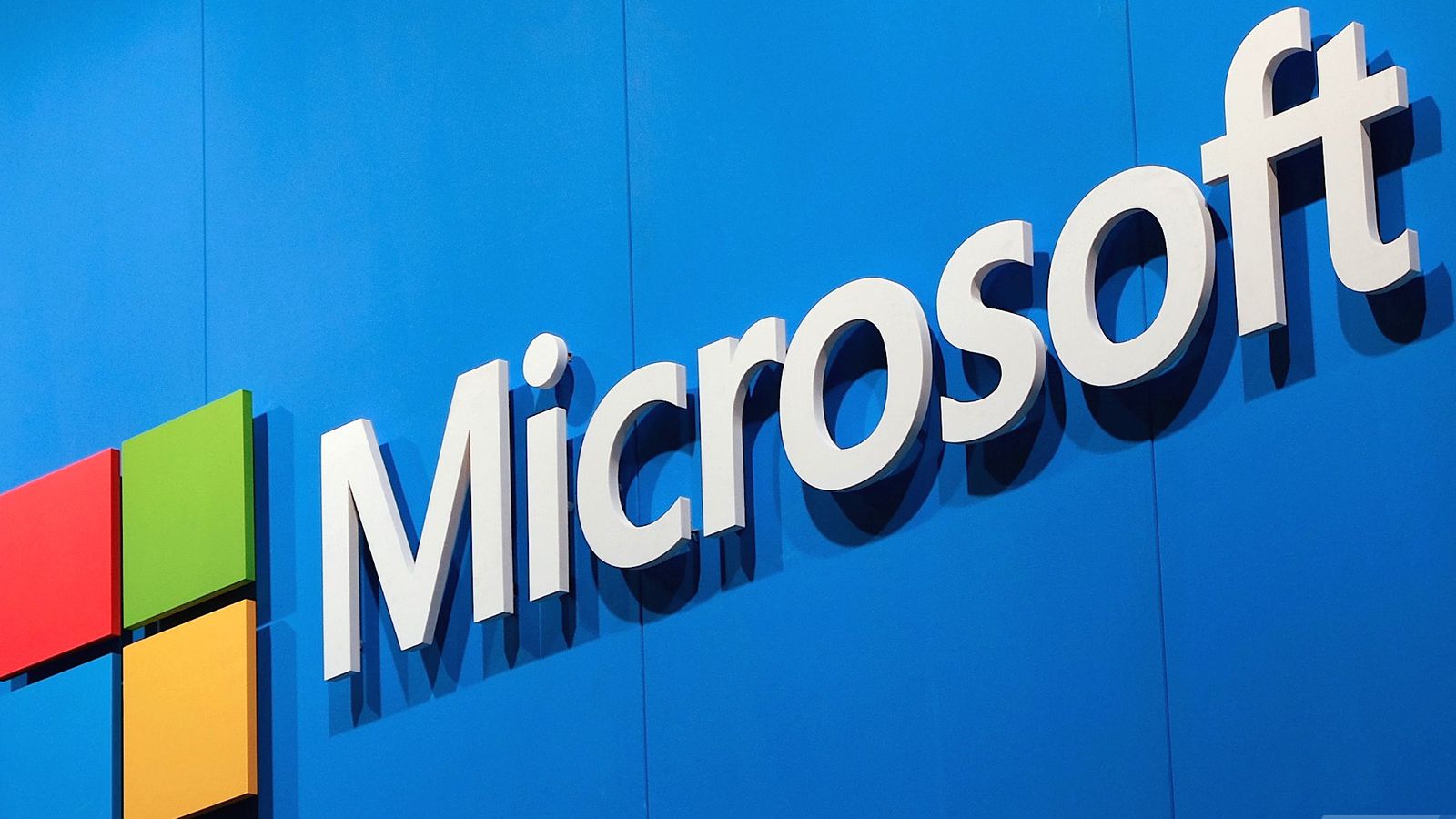In recent years, the realm of conflict has extended beyond physical borders, finding a new battleground in the digital space. The ongoing war between Russia and Ukraine illustrates how social media platforms, notably TikTok, have become arenas where battles for public opinion and narrative control are fiercely fought. This digital confrontation has significant implications, not only on the ground in Ukraine but also in the shaping of global perceptions regarding the conflict.
Key Highlights:
- Information Warfare Escalation: The invasion of Ukraine by Russia has been marked by a significant use of social media to influence public opinion and distribute propaganda.
- The Power of User-Generated Content: Both countries have leveraged digital platforms to sway public opinion, utilizing tactics that range from showcasing on-the-ground realities to spreading disinformation.
- Ukraine’s TikTok Offensive: Ukrainian soldiers and citizens are using TikTok to share their experiences and the realities of war, making the conflict more accessible and relatable to a global audience.
- Russian Disinformation Campaigns: Russia employs misinformation and malinformation across social media to undermine Ukrainian efforts and shift global narratives in its favor.
- The Role of AI in Information Warfare: Advances in AI have been used to create deepfakes and manipulate information, making the digital battleground more complex and challenging to navigate.
The digital dimension of the Russia-Ukraine war reflects a broader trend where social media platforms become key players in conflicts. Platforms like TikTok, with their vast reach and user engagement, offer unprecedented opportunities for both legitimate information dissemination and the spread of propaganda. This new warfare dynamic underscores the importance of digital literacy and critical thinking among the public to navigate the complexities of modern conflicts.
The Impact of Social Media on Warfare
The conflict in Ukraine has been described as the first to unfold in real-time on social media, with both sides using these platforms to gain international sympathy and support. From the early days of the invasion, information about troop movements, battlefield updates, and civilian resistance flooded social media channels, offering the global audience a direct view into the conflict’s realities.
Ukraine has notably embraced TikTok to counteract Russian aggression, sharing not only the harrowing realities of war but also humanizing the conflict through personal stories and engaging content. This strategic use of social media aims to maintain international attention and support by forming parasocial relationships with viewers around the world.
The Dark Side of Digital Warfare: Misinformation and Compassion Fatigue
However, the digital warfront is not without its challenges. The flood of information and misinformation has led to compassion fatigue among global audiences, with the constant exposure to the conflict’s brutalities numbing the public’s response. This phenomenon, coupled with Russia’s targeted disinformation campaigns, complicates the battle for narrative control.
Russia’s strategic dissemination of misinformation and malinformation exploits existing fractures in global politics, attempting to erode trust in Western narratives and support for Ukraine. These efforts are amplified by the sophisticated use of AI, making false narratives and deepfakes more convincing and harder to counter
The use of social media in the Russia-Ukraine conflict highlights the evolving nature of modern warfare, where battles are not only fought with weapons but also with information. The digital front poses unique challenges and opportunities, emphasizing the need for comprehensive strategies to combat misinformation and maintain public engagement. As the war continues, the international community must remain vigilant, promoting transparency, accountability, and digital literacy to safeguard the truth and support those fighting for their freedom on the ground and in the digital realm.
The digital dimension of warfare, epitomized by the Russia-Ukraine conflict, underscores the transformative impact of social media on modern conflicts. The battle for hearts and minds, fought on platforms like TikTok, is as crucial as any physical engagement, with the power to shape perceptions, influence policies, and alter the course of wars. As we move forward, understanding and navigating this new digital battleground will be essential for nations, policymakers, and citizens alike.
